
The iPhone 11 came after the iPhone XR, and before the iPhone 12. Although it was launched in September 2019, it’s still on sale more than two years later. But does this long lifetime hint at a brilliant phone? And should you buy a new or refurbished iPhone 11 when there are two newer generations to choose from? Find out in our iPhone 11 review.
Pros
- Brilliant design
- Strong features
- Good performance
Cons
- A couple of generations old
- No 5G
- Screen is inferior to later iPhones
Quick links:
iPhone 11 – overview
Apple announced the iPhone 11 family in September 2019. The iPhone 11 was the mainstream model – if you wanted better features you could choose the iPhone 11 Pro or iPhone 11 Pro Max. There wasn’t an iPhone 11 mini – the nearest equivalent was the iPhone 11 SE (2020). You can still buy the iPhone 11 new, more than two years after its launch.
The iPhone 11 is noticeably bigger than the iPhone 12 or iPhone 13, and it’s missing a couple of important features. Firstly, the screen is a regular LCD rather than an OLED – we’ll explain why that matters later. Secondly, there’s no 5G support, so it’s arguably less future proof than more recent models.
Despite its age, the iPhone 11 compares surprisingly well to newer phones when it comes to outright speed. It’s much cheaper than an iPhone 13 or iPhone 12, too. So should you forget the latest thing and buy a new or reconditioned iPhone 11 instead? Find out in our iPhone 11 review.

iPhone 11 – design
The iPhone 11 continued the ‘bezel-free’ design that Apple pioneered with the iPhone X. Its screen glass runs towards every edge of the phone, where it tapers slightly towards the metal edges of the chassis. The phone’s borders are a little thicker than on newer iPhones, and they don’t rise up flush to offer the same protection from edge impacts. While the front and back glass is extremely tough, it’s not as resistant to shattering as Ceramic Shield, introduced from the iPhone 12 onwards.
This was the last iPhone to feature curved edges, which help it to sit more comfortably in the hand than the iPhone 12 or iPhone 13. That said, it’s about 4mm longer and wider than the newer phones, a millimetre deeper, and it weighs 20-30 grams more.
Overall the iPhone 11 is perhaps a bit less comfortable and easy to use one-handed than an iPhone 12 or 13. It’s verging on a big phone, so it’s a shame that there’s no mini variant. The closest you’ll find is the iPhone SE (2020), but that’s disappointing in other ways.
One meaningful difference between the iPhone 11 and later iPhones is that it’s waterproof to two metres for 30 minutes. The iPhone 12 and iPhone 13 are resistant at up to six metres for the same time.

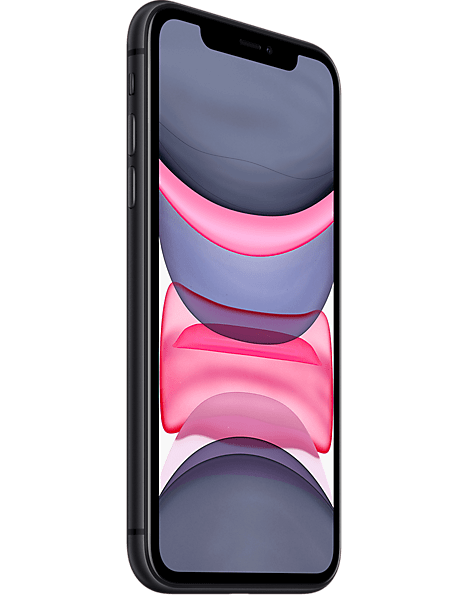
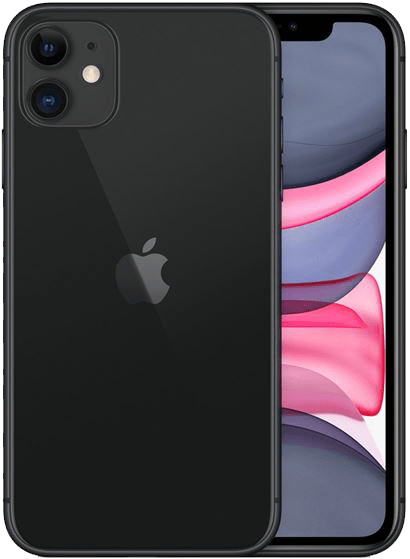
iPhone 11– display
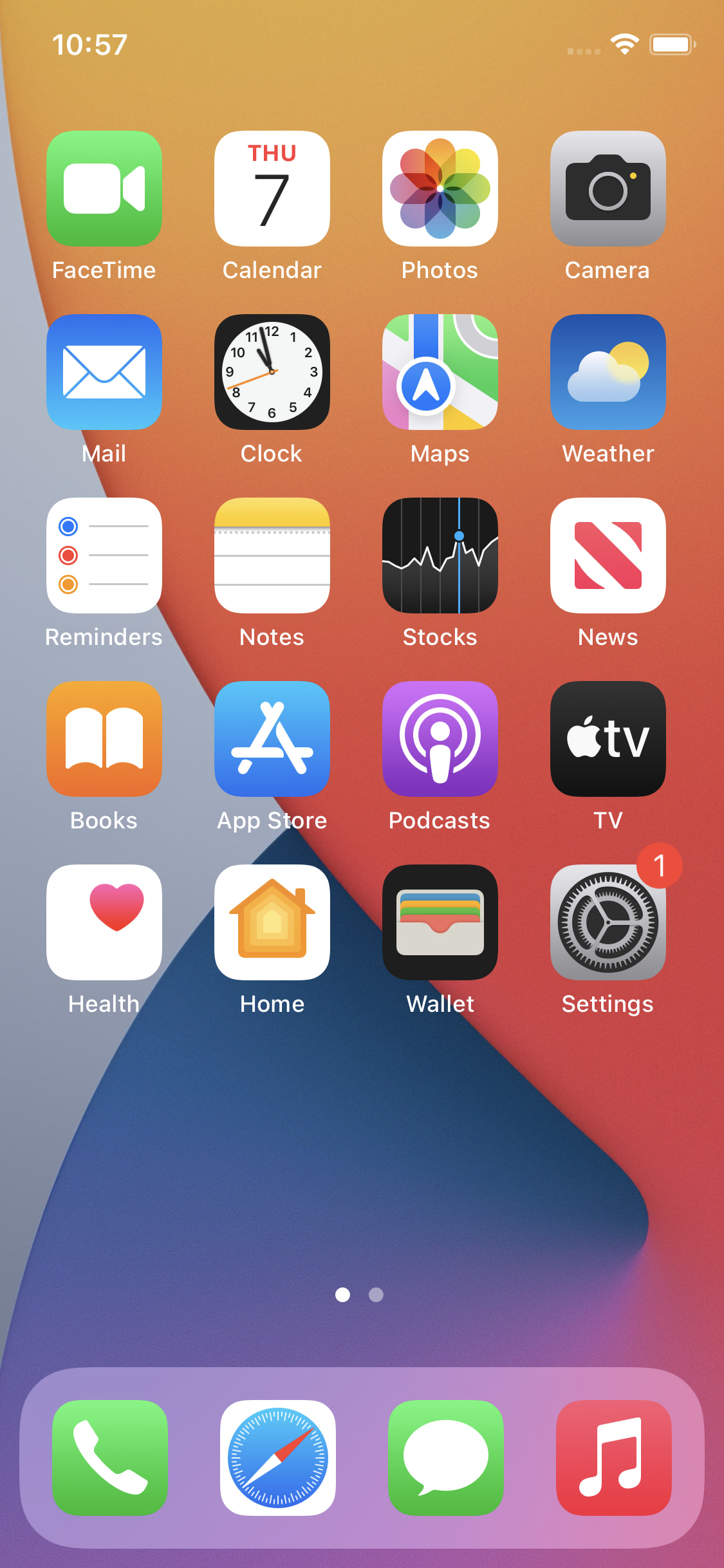
The iPhone 11’s 6.1” LCD display is one of its biggest weaknesses when compared to newer iPhones. While every iPhone 12 and iPhone 13 have OLED screens – as do the iPhone 11 Pro and iPhone 11 Pro Max – the iPhone 11 missed out. The key difference is that an OLED screen is made of millions of tiny LED lights, while an LCD has one backlight, and millions of ‘shutters’ that can be opened or closed to let light through.
In theory an OLED screen uses less power, and offers higher brightness and contrast. That’s certainly noticeable on the iPhone 11 – its display doesn’t ‘pop’ like a newer phone’s. The other drawback is that this screen has a lower resolution – 1,792×828 compared to the 2,532×1,170 of an iPhone 12. Its pixel density is lower, too – 326 pixels per inch (ppi), compared to 460ppi on the newer phone.
It’s not the best display, then, but it’s still a good example of its type. While you might notice a lack of impact on games or films in particular, it needn’t be a deal-breaker.
iPhone 11 – camera and video performance
Apple tends to make evolutionary changes to the iPhone’s camera setup, and there’s not a huge physical difference between the iPhone 11 and iPhone 12. At the front, the 12-megapixel (MP) TrueDepth camera offers portrait mode, and supports 4K video recording at up to 60 frames per second (fps).
The iPhone 11’s dual-camera rear system offers wide and ultra-wide lenses. Minor updates for the iPhone 12 saw it get an improved sensor, and a wider aperture wide lens to improve low-light performance, but the iPhone 11 doesn’t give much else away. Its 12MP system offers 2X optical zoom, enhanced by up to 5X of digital zoom. There’s optical image stabilisation, night mode, portrait mode, and similarly impressive video capabilities.
With an older feature set and less processing power than newer phones, the iPhone 11 lacks some of the latest features. It doesn’t support HDR video recording with Dolby Vision and there’s no night mode time lapse. You also miss out on Cinematic Mode, introduced with the iPhone 13.
On paper this isn’t the greatest camera setup, but you’d be hard-pressed to tell in practice. It’s always responsive, and seems to focus quickly and accurately in most conditions. The iPhone 11 can resolve images in surprisingly dark conditions, even if an iPhone 12 or newer would add a bit of extra quality to the results.
For the most part, this phone still takes great photos and impressively cinematic videos. For most everyday purposes, it’s more than capable enough.
iPhone 11– performance
Geekbench 5 results
CPU single-core scores:
- iPhone 13 Pro – Score= 1,746
- iPhone 12 – Score = 1,590
- iPhone 11 – Score = 1,334
CPU multi-core scores:
- iPhone 13 Pro – Score= 4,899
- iPhone 12 – Score = 4,052
- iPhone 11 – Score = 3,442
3DMark Wild Life Extreme results
Best scores:
- iPhone 13 Pro – Score= 3,118
- iPhone 12 – Score = 2,175
- iPhone 11 – Score = 2,141
Worst scores (20-minute loop):
- iPhone 13 Pro – Score= 2,235
- iPhone 12 – Score = 1,494
- iPhone 11 – Score = 1,442
Apple has built up a considerable performance advantage over rival phones, thanks to its own Bionic chips. Even at the launch of the iPhone 13, powered by the A15 Bionic, the competition still hadn’t caught up to the iPhone 11’s A13 Bionic processor.
In everyday use, the iPhone 11 always feels fast, responsive and fluid. Start up a demanding app and it’ll usually be the same story – run some benchmarks and you’ll discover why. In our testing, the iPhone 11 achieved a single-core Geekbench 5 score of 1,334. While that’s less than the 1,590 we recorded from the iPhone 12, it’s significantly more than the 1,100 you’d get from even a OnePlus 9 Pro.
In 3D benchmarking, the iPhone 11 is second only to newer iPhones. It scored a best of 2,141 in the 3DMark Wild Life Extreme benchmark – very nearly matching the iPhone 12. For comparison, the Samsung Galaxy S21 5G won’t break 1,800 on this test – the Google Pixel 4a managed just 299.
While the iPhone 11 is now some way behind the iPhone 13, it’s still an impressively fast device. There’s plenty of power here to keep casual and keen gamers happy for some time to come.
iPhone 11– battery performance
When it comes to how long a charged battery will last, Apple makes similar claims for the iPhone 11 and iPhone 12. In fact, our tests suggest that the iPhone 11 can actually go slightly longer between charges. It managed to loop an HD video for 14 hours and 45 minutes – almost an hour longer than the iPhone 12.
It doesn’t hang about when charging, either. Hooked up to a 20W charger, the empty iPhone 11 hit 50% in 28 minutes, and went on to reach 80% in just 55 minutes. You can add a useful amount of charge after just a few minutes plugged in. Alternatively, you can top it up with a Qi wireless charger – it charged happily on the dock in a new car.
Battery life (movie playback)*
- iPhone 13 Pro – Time = 19hr 2mins
- iPhone 12 – Time = 13hrs 50mins
- iPhone 11 – Time = 14hrs 45mins
Charge Time (0-80%)
- iPhone 13 Pro – Time = 53mins
- iPhone 12 – Time = 53mins
- iPhone 11 – Time = 55mins
*Battery life test involves looping the playback of an HD movie from fully charged until the phone shuts down.
iPhone 11 – options and additional features
You can buy a new iPhone 11 in 12 configurations: six colours, with either 64GB or 128GB of storage. The smaller capacity is a bit on the stingy side these days, especially if you like to shoot video, or keep large photo or music libraries on your phone. That said, the 64GB iPhone 11 is one of the cheapest new iPhones still available.
Buy a refurbished iPhone 11 and you’ll get to choose from 64GB, 128GB or 256GB models – the biggest model was dropped in September 2021. You may or may not get a power adaptor or EarPods with an older phone. While the iPhone 11 had them at launch, by October 2020 Apple had removed them from all new iPhones to reduce electrical waste. The iPhone 11 doesn’t support Apple’s newer MagSafe cases and chargers, but you can still find a huge range of accessories to make it your own.

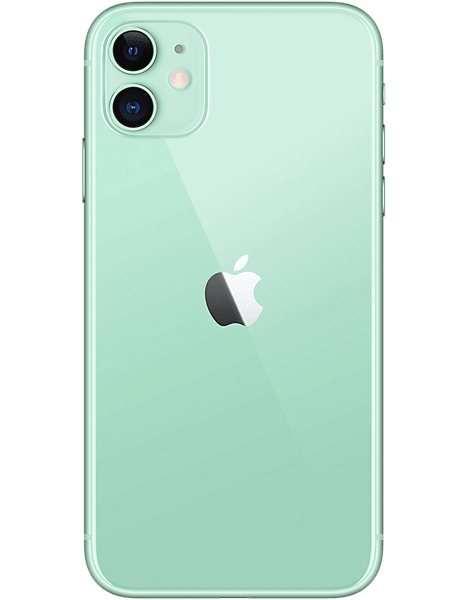
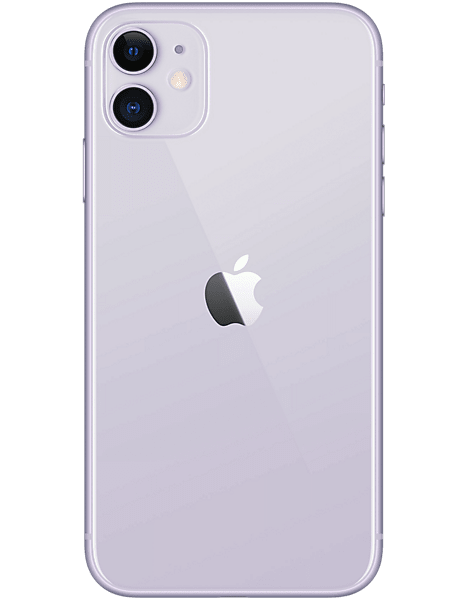


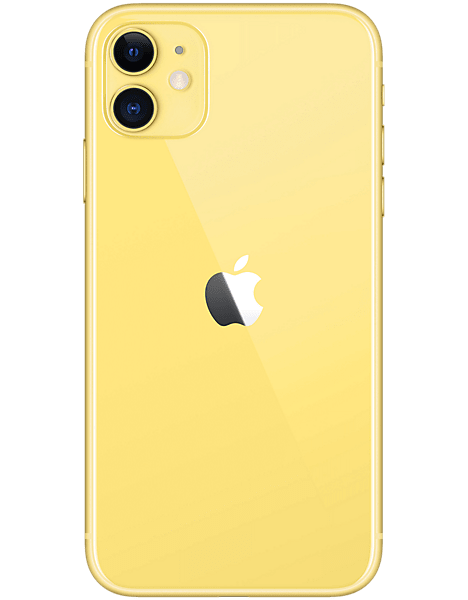
iPhone 11 – build quality and things to look out for
It’s rare to find build issues with the iPhone 11. At launch, criticism was mostly focused on the screen’s ageing technology, but its reliability shouldn’t be a problem. It’s more likely that an iPhone will pick up scratches, or even suffer smashed glass over time. We always recommend keeping one in a case, and you might want to consider a screen protector, too.
The battery on any phone will degrade over time. You can monitor this on an iPhone by opening the Settings app, then choosing Battery>Battery Health. After more than a year’s daily use, our refurbished iPhone 11 was showing 99% of its maximum capacity remaining, underlining that ageing is a gradual process – most second-hand phones have plenty of life left.
iPhone 11 – verdict
Not every iPhone is a huge step forward, but the iPhone 11 is now two steps behind. It gave away quite a bit to the iPhone 12, which has a better screen and 5G. The iPhone 13 put the boot in, with further improvements in performance, camera quality and battery life.
Bought new, the iPhone 11 isn’t the bargain it looks – at least, not at Apple’s prices. If you can’t find a new iPhone 11 deal, consider a refurbished iPhone 11 Pro or iPhone 12 – they’re much better phones.https://www.mozillion.com/products/apple/iphone-11-pro
